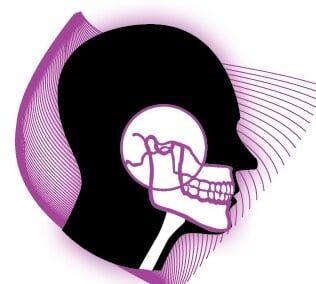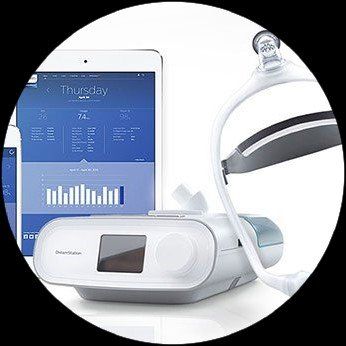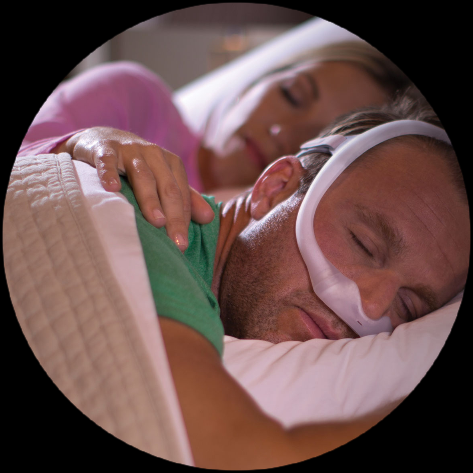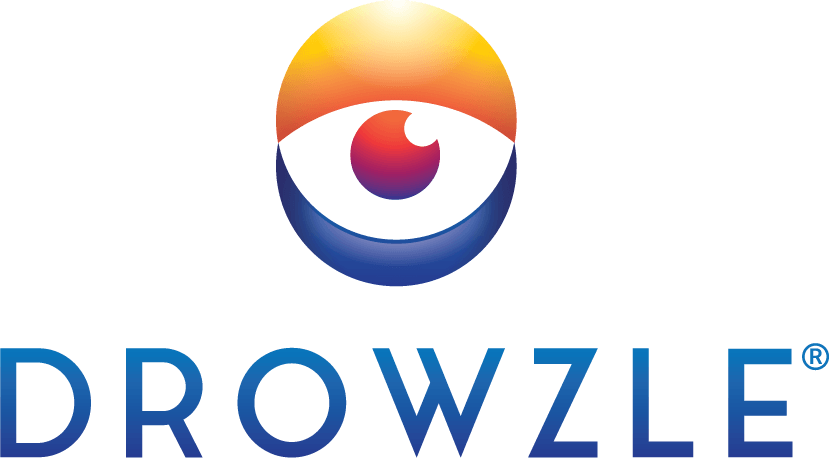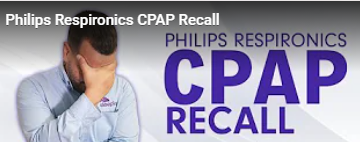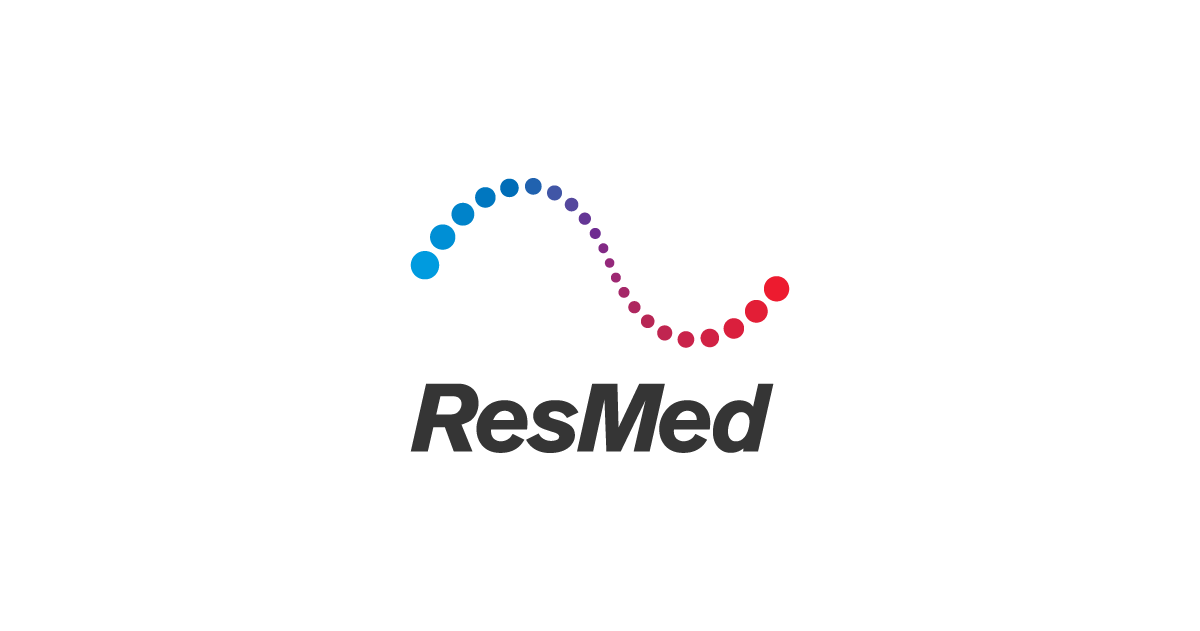Combination Therapy Options In Conjunction With Each Other Can Enhance Patient Outcome!
Positive airway pressure is the gold-standard for obstructive sleep apnea therapy, but an alternative therapy, when indicated, can literally be a "game changer".
Medical Weight Loss
The more a patient weighs, the more the airway collapses from the excess weight, leading to obstruction. Excess abdominal weight can play a role in lung volumes so can increase the tendency for airway collapse. Losing weight helps to reduce the fat mass around the neck and abdomen and therefore decreases the propensity for airway collapse/obstruction. All patients with a body mass index (BMI) over 25 and OSA should be offered a comprehensive medical weight loss program to attain and sustain a 5% to 10% weight reduction to see if this resolves or improves their disease. The addition of medication to help with weight loss is indicated for patients with OSA and a BMI at or above 27. Patients with a BMI over 35 and OSA should be offered and evaluated for the appropriateness of metabolic surgery (see the “bariatric surgery” explanation later in this article). Many studies have shown that whatever lifestyle change helps the patient lose weight is what is best for them. The Mediterranean lifestyle, low-carbohydrate lifestyle, and meal-replacement programs combined with increased physical activity, treatment of OSA, and medications for obesity treatment are successful at sustaining long-term 5% to 10% weight loss and improving OSA severity.
Oral Appliances
Oral appliances are mandibular advancement devices (MADs) that protrude and help stabilize the jaw in order to maintain a patent upper airway during sleep. Oral appliances are a first-line treatment for primary snoring, after a physician has ruled out OSA. A clinical practice guideline published jointly in 2015 by the American Academy of Sleep Medicine (AASM) and American Academy of Dental Sleep Medicine (AADSM) recommends that sleep physicians consider prescription of oral appliance therapy for adult patients with OSA who are intolerant of PAP therapy or prefer an alternate therapy. CPAP is superior to oral appliance therapy in improving AHI and lowering both the arousal index and the oxygen desaturation index (ODI). However, the efficacy gap between CPAP and oral appliance therapy may be closed when adherence is taken into consideration. The literature suggests the treatment adherence rate for oral appliance therapy is greater than for PAP therapy. This clinical reality suggests that the overall therapeutic effectiveness of oral appliances is comparable with CPAP.
Combination therapy
For patients who struggle with CPAP due to a high air pressure setting, combination therapy—which involves using an oral appliance in conjunction with CPAP—can improve treatment adherence by lowering the air pressure setting required to normalize breathing. Most effective for mild (5<AHI<15) to moderate (15<AHI<30) OSA. Although oral appliance therapy can reduce obstructive respiratory events in adult patients with severe OSA (AHI of 30 or more), it is less likely than CPAP to normalize severe OSA to an AHI of 5 or below. However, for patients with severe OSA who do not adhere to CPAP, an oral appliance with partial effectiveness that is worn all night long is a much better alternative than no treatment. Patients who are most responsive to oral appliance therapy generally tend to be those with a lower AHI (less than 30) and BMI. Oral appliance therapy typically does not prove to be effective for patients with morbid obesity, defined as having a BMI of 40 or more. Several physical features can also prevent oral appliance therapy from being an effective treatment for adults, including: Steep mandibular plane angle, Long neck
Poor dentition, such as loose teeth or not having enough teeth (the patient should have at least 6-10 teeth in each arch), Acute temporomandibular joint dysfunction (TMD) or disc displacement resulting in a limited ability to open the mouth.
MATRx and MATRx Plus
Researchers are continuing to evaluate potential predictors of success for oral appliance therapy while developing tools and processes that may improve appliance selection and titration. For example, an abstract presented at the 2017 AADSM Annual Meeting and published in the Journal of Dental Sleep Medicine evaluated the use of a fully digital clinical workflow for oral appliance therapy.
Concerns & responses: Dentists will require the patient to pay out-of-pocket for the device due to mixed information about insurance coverage. Medicare and most US medical insurers cover oral appliance therapy from a dentist as they would a PAP machine from a physician, if the patient has been diagnosed with OSA and prescribed oral appliance therapy by a physician. There’s no way of knowing if oral appliance therapy will work on patients before they try it. It is important for sleep physicians to collaborate with a dentist who can conduct a thorough intra-oral examination to assess candidacy for an oral appliance. The dentist will evaluate the patient’s teeth, jaw, and airway, determine the protrusive range with a measuring device, and review the data of the sleep study in order to help determine the chance of success. Most oral appliances don’t objectively monitor compliance. The research investigating objective compliance measurement for oral appliance therapy continues to grow. The most well-known study by Vanderveken, published in Thorax, demonstrated the feasibility of an embedded micro-sensor to provide objective measurement and calculate the mean disease alleviation. However, it should be noted that the study also found no significant differences between objective and self-reported oral appliance compliance. Therefore, until objective compliance monitoring becomes standard, self-reports from patients can provide useful clinical insight. Oral appliances have side effects and so does CPAP; in fact, literature shows both modalities of treatment move teeth. Studies indicate that long-term treatment of OSA with oral appliance therapy requires ongoing follow-up and reassessment by both a qualified dentist and qualified physician.
Night Shift
Worn on the back of the neck, Night Shift (by Advanced Brain Monitoring) begins to vibrate when users begin to sleep on their back and slowly increases in intensity until a position change occurs. First line therapy for positional OSA; in combination with oral appliance therapy, surgery, or Provent, or with CPAP to lower CPAP pressure. While positional therapy can reduce the overall AHI to the non-supine severity, its effect on snoring is more variable. For patients with an elevated supine apnea index, overall snoring may increase with positional therapy because supine apneas are replaced with snoring. Using the Positional Sleep Assessment System software, Night Shift can be used in combination with the Nonin WristOx to monitor outcomes. Some studies show poor long-term compliance with positional therapy. Night Shift is reactive. It doesn’t keep the patient off his back to start. Night Shift will wake the patient due to the vibration, thereby still interrupting his sleep. Patients attempt to sleep supine on average 5 to 7 times/night. So positional feedback causes approximately 1 arousal per hour, substantially less than the number of arousals per hour eliminated as a resulting benefit of positional therapy.
Provent Sleep Therapy LLC
Provent uses the power of the user’s breathing to create expiratory positive airway pressure (EPAP) that helps keep the airway open. It can be used as a first line therapy; after refusal or failure of CPAP; and is also used by some CPAP users as a travel therapy. Appropriate for all OSA severities. Any patient with mild, moderate, or severe sleep apnea who has difficulty tolerating CPAP or who prefers a different option for sleep apnea therapy. Who should not try it: Patients with severe breathing disorders including hypercapnia respiratory failure, respiratory muscle weakness, bulls lung disease, bypassed upper airway, pneumothorax, pneumomediastinum, etc. Those with severe heart disease (including heart failure). Those with pathologically low blood pressure. Those with an acute upper respiratory (including nasal, sinus, or middle ear) inflammation or infection, or perforation of the ear drum. Provent can’t objectively monitor compliance. The non-electrical nature of Provent’s convenient disposable devices means that compliance can’t be monitored directly. Provent does however offer equipment so sleep studies can be conducted to determine the effectiveness of therapy in patients. There’s no way of knowing if Provent will work on patients before they try it. Most payors won’t cover Provent.
ApniCure
Winx delivers a light vacuum through a soft flexible mouthpiece, which helps keep the airway open during sleep by keeping the tongue and soft palate from falling back and blocking the airway. Those who fail or refuse PAP; those who are “grudgingly-compliant” with CPAP may benefit from switching; those who have tried dental appliances and/or surgeries without success can also try to see if Winx works for them. Users must be able to breathe comfortably through their nose with their mouth closed and have most of their teeth (so the mouthpiece stays in place). The Winx system should not be used to treat central sleep apnea or by anyone who has a severe respiratory disorder, such as severe lung disease, pneumothorax, etc; has loose teeth or advanced periodontal disease; is under the age of 18. Most payors won’t cover Winx.
Jones: Like many new therapies, Winx is not covered by Medicare or private insurance (but it is covered by the VA). The company offers payment options, including one for about $54/month. If you have an FSA through your employer or a HSA you can use those “pre-tax” funds toward the cost of your Winx system.
Concern: There’s no way of knowing if Winx will work on patients before they try it.
Pillar Procedure
The Pillar Procedure is a minimally invasive palatal stiffening technique, usually performed in-office using local anesthesia. Permanent suture is inserted into the soft palate, inducing scar formation. This stiffens and stabilizes the palate, reducing airway vibration and collapse. First line therapy for patients who refuse or fail PAP or who simply prefer another treatment approach. The Pillar Procedure is now most commonly used not as a standalone procedure, but as part of a more comprehensive multi-level minimally invasive approach. Combining the Pillar Procedure with other minimally invasive procedures (such as turbinate reduction, tongue base RFA, oral appliance therapy, etc) is now routinely done in order to optimize results across a wider array of patients, while avoiding the cost, risk, and morbidity of traditional surgical techniques. AHI doesn’t significantly improve for most patients. The Pillar Procedure alone may not adequately treat a patient’s OSA. This is true. But if only perfect treatments deserve consideration, then we have nothing to offer any of our OSA patients.
Somnoplasty
Also known as temperature-controlled radiofrequency (TCRF), is a minimally invasive surgical technology that uses radiofrequency current to reduce tissue volume in a precise, targeted manner. There are no known absolute contraindications to the use of RF surgery. The use of somnoplasty probes and G3 RF workstation is contraindicated when—in the judgment of the physician—electrosurgical procedures are contrary to the best interest of the patient. There is a risk of bleeding and infection - it reduces snoring but not sleep apnea.
Bariatric Surgery
Gastric banding, sleeve gastrectomy, and gastric bypass surgery lead to significant weight loss, including lessening the buildup of fat tissue in the upper thorax and neck. Studies have shown that weight loss may result in improvements to OSA. When to try it: First line therapy for patients with BMIs greater than 40, appropriate AHI: 15 and above, BMI and AHI are the main considerations. Patients with severe pulmonary hypertension need a more extensive plan to be prepared for surgery. Bariatric surgery is routinely covered by major insurers. If it’s not covered, you should make an inquiry as to why it is not. It’s safe and effective for patients in need. AHI may not significantly improve - There are many studies that have demonstrated AHI reductions. Additionally, bariatric surgery and subsequent weight loss provide better treatment options for patients if they are in need of further treatment. For instance, it can improve PAP adherence.
Uvulopalatopharyngoplasty (UPPP) with or without Tonsillectomy
The most common type of oropharyngeal surgery for OSA, UPPP enlarges the retropalatal upper airway by excising a portion of the soft palate and uvula with trimming and reorientation of the tonsillar pillars. The tonsils, if present, may be excised as well. In adults with enlarged tonsils, tonsillectomy alone has been shown to be effective in eliminating obstructive sleep apnea in adults. AHI is not a success predictor. Anatomy is the main predictor of success. Favorable anatomy for UPPP with or without tonsillectomy includes large tonsils and favorable tongue position (Malampatti 1 or 2 classification). Some argue that patients with a BMI of 40 and above should opt for bariatric surgery over oropharyngeal surgery. More and more surgeons are opting to perform a drug-induced sleep endoscopy (DISE) prior to oropharyngeal surgery in order to find out exactly where the blockage is and help determine the responders versus the non-responders. Many studies have shown that it may impact the procedure the surgeon chooses to perform but outcomes regarding surgical success have not changed significantly. When patients reject or can’t tolerate CPAP, surgery is a viable option. A huge problem is when patients are unwilling or unable to tolerate CPAP, they feel there are no other alternative therapies.
Maxillary Mandibular Advancement (MMA)
Is a procedure in which the upper and lower jaws are surgically moved anteriorly to enlarge the airway.
Inspire Upper Airway Stimulation or hypoglossal nerve implant
Is a surgical procedure that does not alter the upper airway anatomy but is physiologic in that an upper-airway stimulation system. Inspire therapy is an implanted system that senses breathing patterns and delivers mild stimulation to key airway muscles keeping the airway open during sleep. When to try it: After CPAP refusal or failure, appropriate AHI:15 to 65. In addition to the AHI consideration, patients might be candidates for Inspire therapy if they are unable to use or get consistent benefit from PAP, are not significantly overweight, and are over the age of 22. An Inspire therapy-trained doctor will also evaluate the patient’s overall health status and perform a physical examination of the airway to determine if Inspire therapy might be a suitable CPAP alternative. Those with central + mixed apneas >25% of the total AHI; any anatomical finding that would compromise the performance of upper airway stimulation, such as the presence of complete concentric collapse of the soft palate are not candidates for Inspire Therapy. The Inspire 3028 is 40% smaller and 18% thinner than the original device and includes MRI conditional labeling. All surgeries carry a small risk of infection. In contrast to other surgical options to treat sleep apnea, Inspire therapy does not require removing or permanently altering a patient’s facial or airway anatomy. As such, the procedure is less invasive and should result in a shorter recovery time. It also does not require a mask or oral appliance. Inspire therapy is being reviewed and approved by insurance providers on a case-by-case basis. Inspire Medical Systems works with physicians to share commonly billed codes and to teach how to properly submit the initial coverage request, any subsequent appeals, and titration-related sleep studies.
Dream Station AutoPAPDream Wear Under The Nose Dream Wear Full Face Masks
PAP Therapy
We recommend and provide the Respironics line of therapy products. They truly are a game changer in that the hose is attached at the top of the head making the weight unnoticeable as the pivot properties of the attachment rotate when you change positions during the night. The humidification capability and the variety of settings allow us to custom adjust the device for individual patient comfort.
Oral Appliance Therapy
For those that find themselves absolutely unable to tolerate PAP Therapy we also provide Oral Appliances and with over 150 being available when we have a patient motivated to improve their health we can help them find a way to do so.

